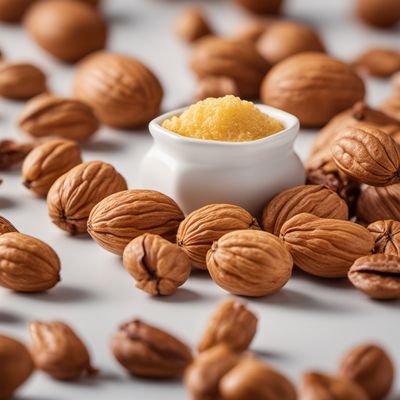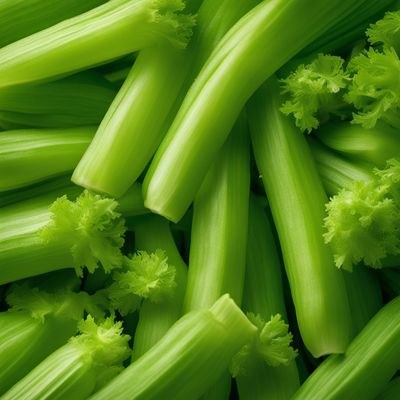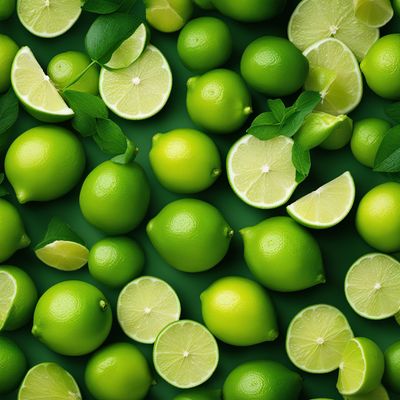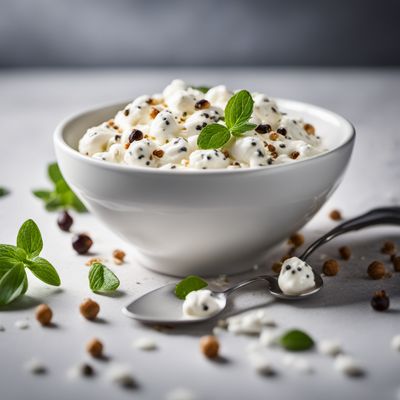
Ingredient
Fruit flavour
The Essence of Nature's Sweetness: Exploring the World of Fruit Flavour
Fruit flavour is a concentrated liquid or powder that captures the essence of different fruits. It is typically made by extracting the natural flavors and aromas from fruits through various methods such as steam distillation or cold pressing. This ingredient is known for its intense and authentic taste, which can range from tangy and citrusy to sweet and tropical. Fruit flavour is often used to enhance the taste of dishes, provide a fruity twist to beverages, or add depth to desserts. Its texture varies depending on the form, with liquid fruit flavour being more viscous and powder form being fine and dry. The appearance of fruit flavour can range from clear and transparent to opaque, depending on the specific fruit it represents.
Origins and history
The use of fruit flavour dates back centuries when ancient civilizations discovered the art of extracting and preserving the essence of fruits. The Egyptians were known to use fruit extracts in their culinary preparations, while the Romans and Greeks incorporated fruit essences into their wines and desserts. Over time, advancements in technology and food science have allowed for the development of more refined and concentrated fruit flavour extracts. Today, fruit flavour is widely used in the food and beverage industry, offering a convenient way to infuse dishes with the taste of various fruits.
Nutritional information
Fruit flavour is primarily used for its taste and aroma and does not contribute significant nutritional value on its own.
Allergens
Fruit flavour is typically derived from fruits and does not contain common allergens such as gluten, dairy, or nuts. However, it is essential to check the specific brand or product for any potential allergen cross-contamination.
How to select
When selecting fruit flavour, opt for reputable brands that use natural fruit extracts and avoid artificial additives or synthetic flavors. Look for products that clearly state the fruit source and have a strong reputation for quality.
Storage recommendations
To maintain the freshness and quality of fruit flavour, store it in a cool, dry place away from direct sunlight. Ensure the container is tightly sealed to prevent moisture or air from affecting the flavor. Follow the manufacturer's instructions for specific storage recommendations.
How to produce
Fruit flavour production is a complex process that involves extracting the natural flavors and aromas from fruits. It requires specialized equipment and expertise, making it challenging for amateurs to produce at home.
Preparation tips
Fruit flavour can be used in various ways depending on the desired application. When using liquid fruit flavour, start with a small amount and gradually add more to achieve the desired intensity of flavor. For powdered fruit flavour, mix it with a small amount of liquid to create a paste before incorporating it into recipes. Experiment with different combinations of fruit flavours to create unique blends and enhance the taste of your dishes.
Culinary uses
Fruit flavour is widely used in the culinary world to add a burst of fruitiness to a variety of dishes. It is commonly used in baking, where it can be added to cakes, cookies, and frostings to infuse them with the taste of fruits. Fruit flavour is also popular in beverages, including cocktails, smoothies, and flavored waters. Additionally, it can be used in sauces, marinades, and dressings to add a fruity twist to savory dishes.
Availability
Fruit flavour is widely available in grocery stores, specialty food stores, and online retailers. It can be found in both liquid and powdered forms, with a variety of fruit options to choose from.
More ingredients from this category » Browse all

Mustard flavour
The Zesty Essence: Mustard Flavour

Marsala flavour
The Enchanting Essence of Marsala

Nutty flavour
A Symphony of Nuttiness

Celery flavour
"The Versatile Essence of Celery: Unleashing the Delicate Flavors"

Sour flavour
The Tangy Twist: Unveiling the Secrets of Sour Flavour

Ham flavour
Unlocking the Essence of Smoky Delight

Paprika flavour
The Fiery Essence of Paprika

Brittle flavour
The Delightful Crunch: Exploring the World of Brittle Flavor

Tropical flavour
Exotic Delights: Unleashing the Vibrant Essence of the Tropics

Lime flavour
The Zesty Elixir: Exploring the Essence of Lime

Stracciatella flavour
Velvety Chocolate Delight

Cheese flavour
Savory Sensation: The Magic of Cheese Flavor